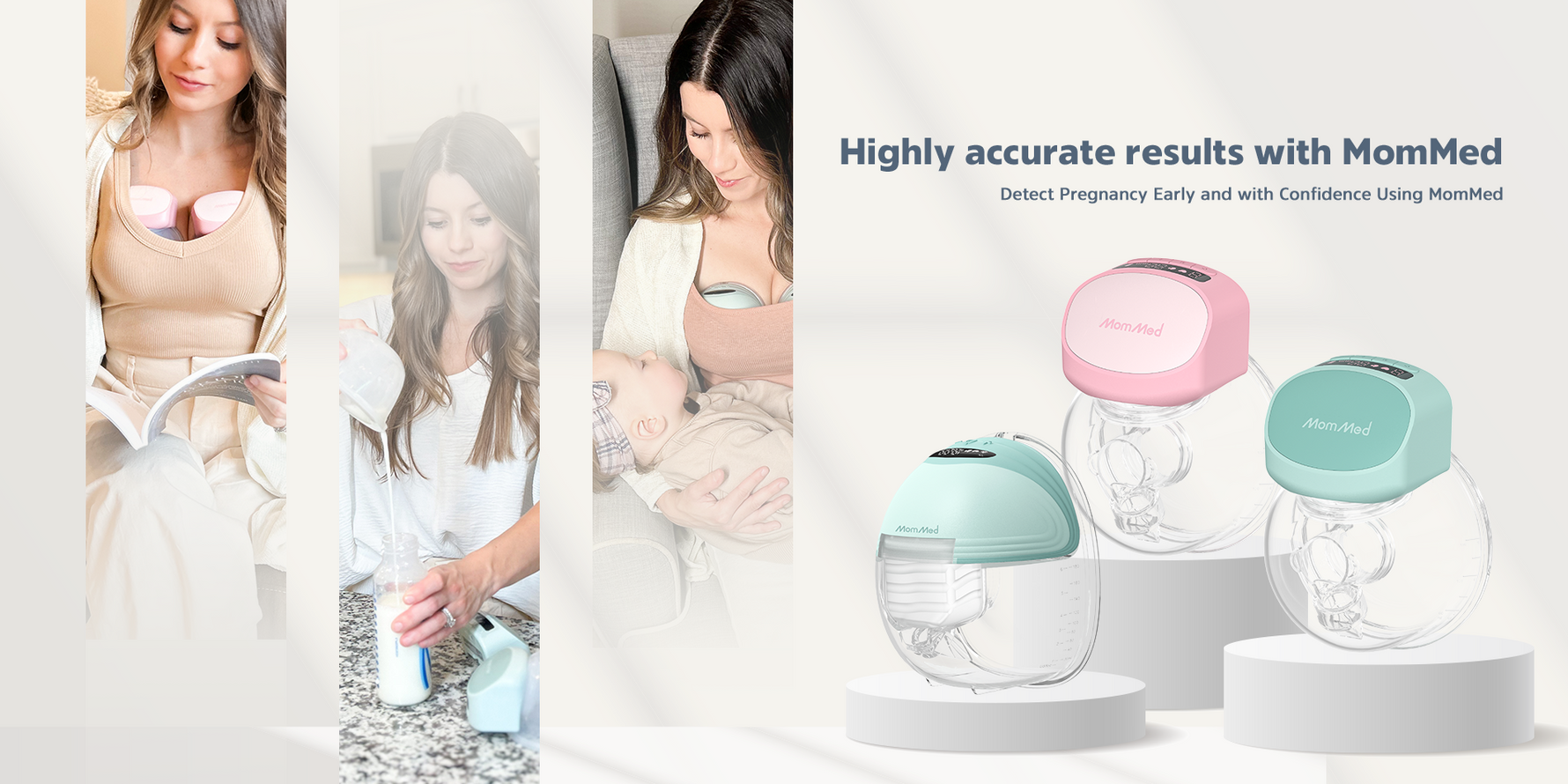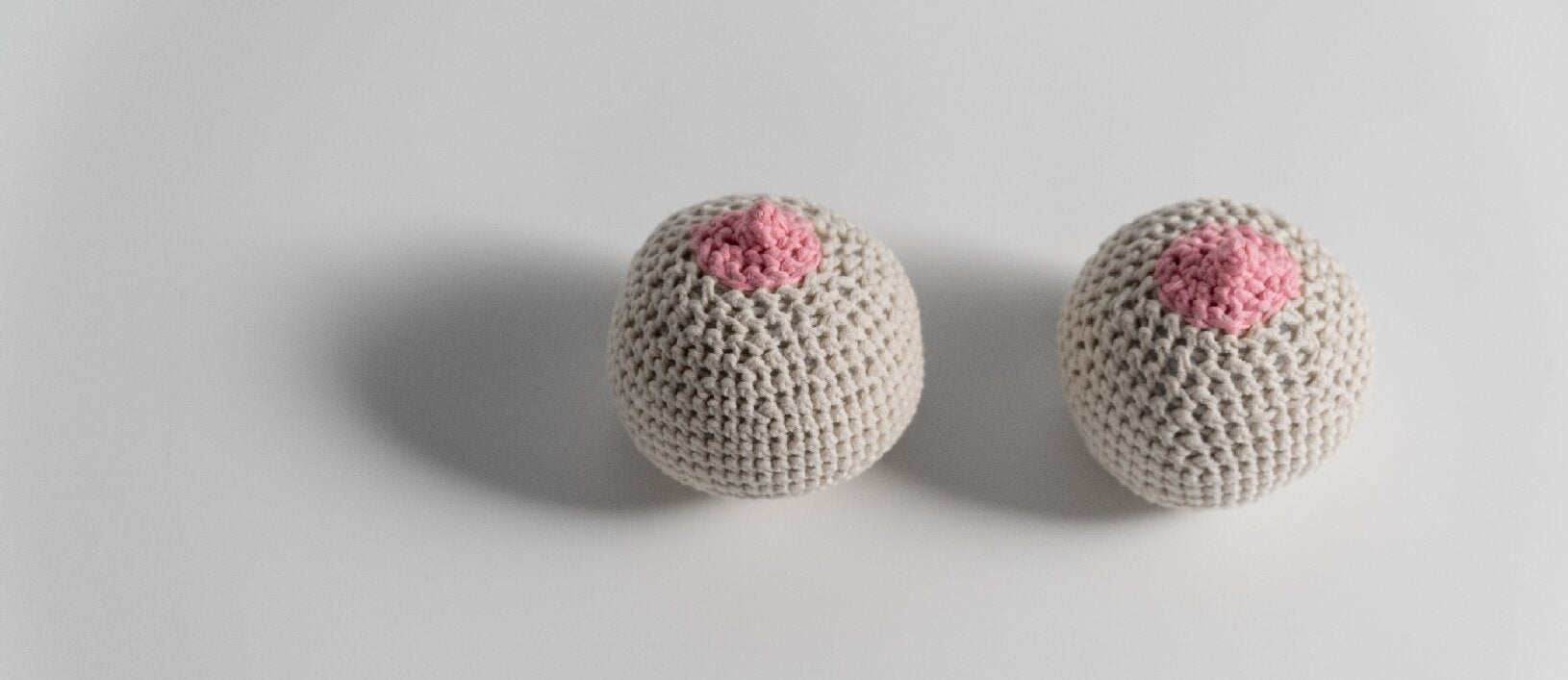Pregnancy & Breastfeeding Tips for New Moms: Preconception, Pumping & Parenting Support

Pregnancy & Breastfeeding Tips for New Moms: Preconception, Pumping & Parenting Support
Pumping and Breastfeeding Schedule: When and How Long to Pump?

Pregnancy & Breastfeeding Tips for New Moms: Preconception, Pumping & Parenting Support
Pumping vs. Nursing | The Pros and Cons of Each

Pregnancy & Breastfeeding Tips for New Moms: Preconception, Pumping & Parenting Support
Pumping Tips | Does Pumping Hurt as Much as Breastfeeding?

Pregnancy & Breastfeeding Tips for New Moms: Preconception, Pumping & Parenting Support
Six Delicious Breastfeeding Diet Recipes

Pregnancy & Breastfeeding Tips for New Moms: Preconception, Pumping & Parenting Support
What Diet Is Best for Breastfeeding Moms?

Pregnancy & Breastfeeding Tips for New Moms: Preconception, Pumping & Parenting Support
How to Create a Breastfeeding Diet

Pregnancy & Breastfeeding Tips for New Moms: Preconception, Pumping & Parenting Support
How to Lose Weight After the Baby Comes | The Magic of a Breastfeeding Diet

Pregnancy & Breastfeeding Tips for New Moms: Preconception, Pumping & Parenting Support
Winter Breastfeeding Tips for Staying Warm in Cold Weather

Pregnancy & Breastfeeding Tips for New Moms: Preconception, Pumping & Parenting Support
Importance of a Support System for New Moms: Why It Matters

Pregnancy & Breastfeeding Tips for New Moms: Preconception, Pumping & Parenting Support
Feeling Tired While Breastfeeding? Six Tips for Coping with the Early Stages of Breastfeeding

Pregnancy & Breastfeeding Tips for New Moms: Preconception, Pumping & Parenting Support
Is it Safe to Take Melatonin While Breastfeeding? Things to Remember

Pregnancy & Breastfeeding Tips for New Moms: Preconception, Pumping & Parenting Support

Pregnancy & Breastfeeding Tips for New Moms: Preconception, Pumping & Parenting Support
Benefits of Breastfeeding for the Mother: Eight Reasons for Moms to Nurse

Pregnancy & Breastfeeding Tips for New Moms: Preconception, Pumping & Parenting Support
Benefits of Breastfeeding for Infants: Nine Advantages of Nursing

Pregnancy & Breastfeeding Tips for New Moms: Preconception, Pumping & Parenting Support
What Causes Nipple Pain While Pumping?

Pregnancy & Breastfeeding Tips for New Moms: Preconception, Pumping & Parenting Support
The Advantages of Breast Milk: Nine Perks of This Perfect Food

Pregnancy & Breastfeeding Tips for New Moms: Preconception, Pumping & Parenting Support
10 Amazing Tips to Improve Breast Milk Quality

Pregnancy & Breastfeeding Tips for New Moms: Preconception, Pumping & Parenting Support
The Best Breastfeeding Guidance for a New Mom

Pregnancy & Breastfeeding Tips for New Moms: Preconception, Pumping & Parenting Support
How to Ease Nipple Pain When Breastfeeding?

Pregnancy & Breastfeeding Tips for New Moms: Preconception, Pumping & Parenting Support
What Causes Let-Down Pain When Not Feeding Your Infant?


